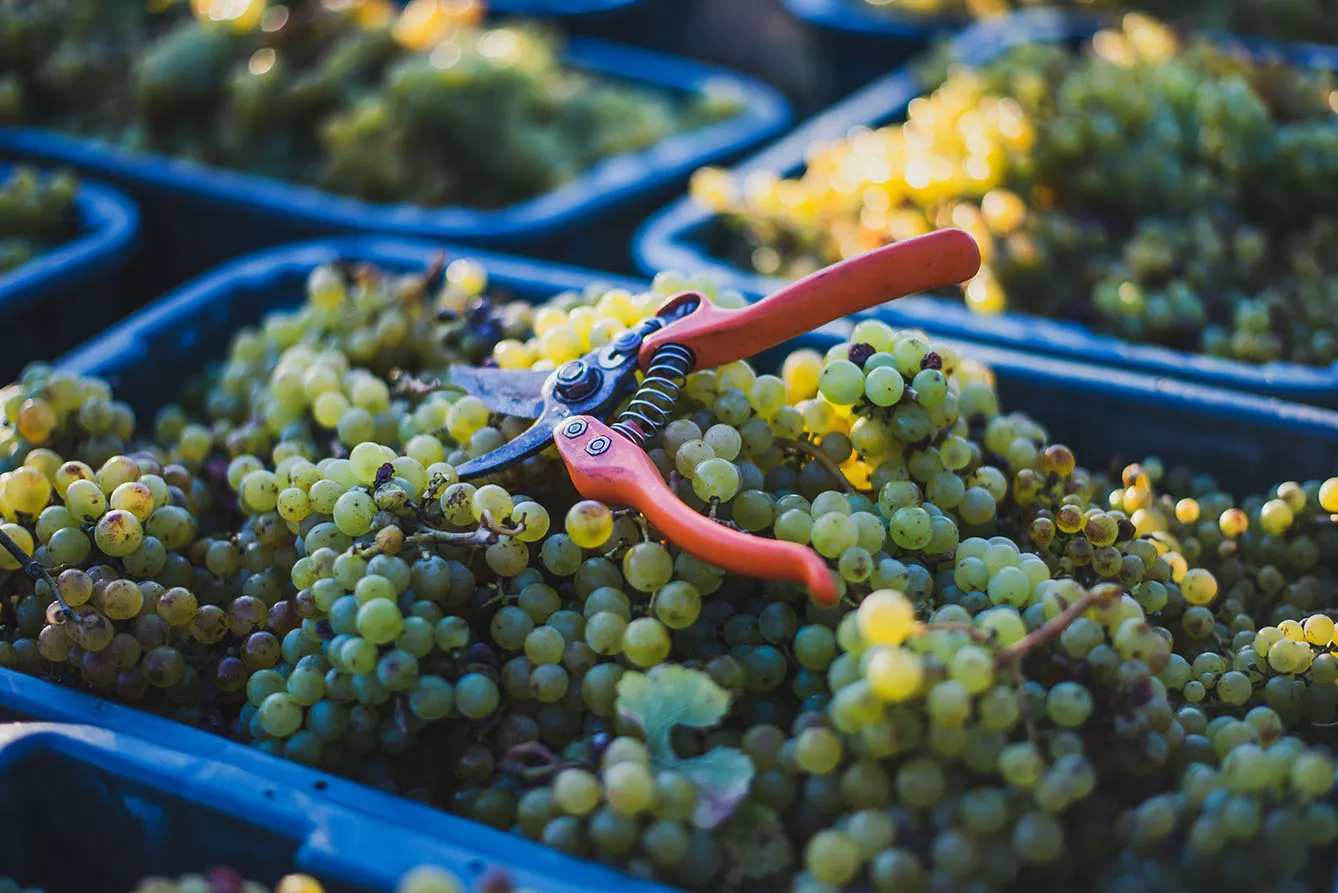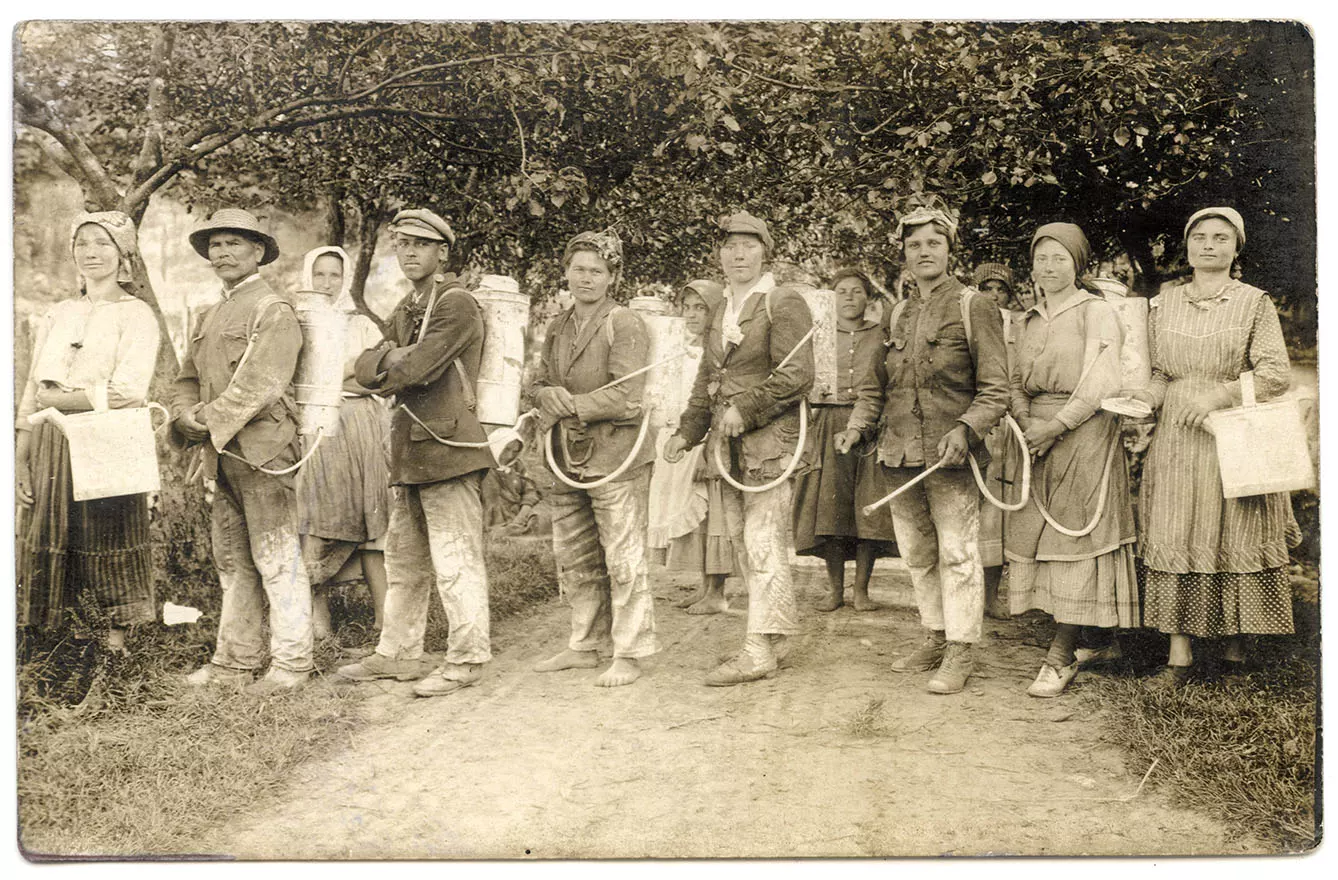In short, it suggests that the tradition of winemaking in Hungary is much older than its counterparts in Europe. Ok, so if it is that old, then how famous is it? Isn’t it just Tokaji Wine? Sure, this variety does not need an introduction. It is widely known for its perfectly sweet taste. Louis XIV of France described it as “the wine of kings and the king of wine.”
The fact the Tokaj region is considered to be the world’s first official wine region was already cleverly explained on our website. However, Hungary has much more to offer than ‘just’ that golden, sweet, fermented spirit. There are other well-established varieties of Hungarian wine that are considered to be (again) the fine, rising stars of the wine galaxy.
The world-famous wine producer only a few remember today
I mentioned that the stars of Hungarian wine are again on the rise. Why again? Especially if you are talking about a product that has been essential to the country’s economy over centuries of its existence. If even King Louis XIV of France decided to grace Hungarian wine products with his recommendation, that went down in history and is cited even today.
The answer can be seen in several highly misfortunate circumstances. Towards the end of the 19th century, a plague of aphids particularly dangerous to vines swept over Europe and destroyed approximately 2/3 of Hungarian plantations. Then there was the Second World War, followed by Soviet occupation, where most vineyards got overtaken by the state, and quantity was favored over quality. Hungarian wines were still popular in the Eastern Block but they just weren’t the same. Luckily since the 1990s, things have taken a turn for the better.
Hungarian wine: it’s all in the packaging
It is important to know that Hungarian oak is among the top three most popular oak types from which to produce wine barrels. In the 19th and 20th centuries, Hungarian-produced barrels were exported to Italy and France in very large quantities. Which is, of course, funny, as those two countries were forever considered to have been the dominant wine producers.
It was the communist regime that caused ‘the barrel’ business to crumble. But one has to keep on moving to survive. Nowadays, with the tradition of winemaking returned to smaller and often family-owned businesses, Hungarian oak barrels, although again widely exported, are what is used by those (re)established family vineyards, giving their wine unique, delicate qualities in comparison to those of France and America. Courtesy of the nationally grown oak.




Top 5 out of 22
There are 22 prominent wine regions in Hungary. Of those, 5 can be considered as the ‘core’ of the wine business. These are:
- Villány & Szekszárd in the warm south,
- Eger in the north
- Tokaji in the north-east
- Northern Balaton and Somló in the north-west
- Sopron in the west, close to the Austrian border.
And if having many important vine-growing regions is not enough, then what would you say to the fact that there are Hungarian breeds of grapes, some of which are very rare (and we all know that wine is mostly about the grapes)? Irsai Olivér, Leányka (with a Romanian and Bulgarian twist); Ezerjó ; Cserszegi fűszeres; Juhfark. Indeed, Hungary has much to offer from its own heritage, to which some well-known Austrian, Romanian, or French vines are complimentary.
Hungarian wine: the good stuff
With some labels still enjoying a wider reputation, some are either rather new or retracted to the niche audience of true wine lovers. We picked four varieties that should ring a bell if you know good wine. Though also keep in mind that the selection is but a minuscular drop in the vast ocean of good-quality Hungarian wines. Do you know at least the following four?
Egri Bikaver
Legend has it that during the war with the Ottoman Empire, some spies made their way to the Hungarian camp. There they saw big men with bloodshot eyes drinking, in abundance, a deep-red liquid, dripping down their long beards. They left hastily and told their superiors the enemy was to be feared as they drink bull blood. Of course, in fact, it was simply lush Hungarian dry, red wine with fruity and spicy notes – from then on known as Bikavér (bull’s blood). Interesting to know that a variation produced with Kadarka wine in the Szekszárd region (Szekszárd Bikavér) is on the rise and is beginning to steal the thunder from the Egri-made spirit!
Kadarka
Primarily a variety of grape, however, Kadarka is also a broadly-known, pleasantly light sweet wine. Admittedly though, the wine produced from Kararka grapes usually serves as an addition to famous blends like Bikavér. Add to it a rare Csókaszőlő variety and you end up with Buda Red wine – famously exported over the 19th and 20th centuries during the times of the Austro-Hungarian Empire.
Kreinbacher Juhfark
According to the legend, wines produced from the Juhfark variety of grapes were good for just about any health condition. Not just that. It was believed that women, who wanted to give birth to a male heir, should drink Juhfark wine. There is no evidence to support those claims. However, there is no question that Juhfark is rare and one of the oldest Hungarian wine grapes. Juhfark variety wines are intense and popular.
Irsai Olivér
A cross-breed wine grape invented in Hungary in the 1930s is widely popular for its light, muscat, fresh flavor. Being a local variety, it sure is worthy of wider recognition. When visiting Hungary in the summer, you will see many locals enjoying a glass of Irsai Olivér. And they do say that when in Rome…
Proud heritage
Hungary is not just a country with a history of producing wine. It is one of the countries that shaped this history. Talking about Hungarian wine is, therefore, not an attempt to promote a product, but a way of touching upon the major heritage of the land. Put to serious test by the communist regime, the true wine-making tradition grows stronger season by season. Watch this space! Hungarian winemakers are sure to regain their rightful spot among the biggest masters of the trade.
Find out more about the origin of hungarian language.







